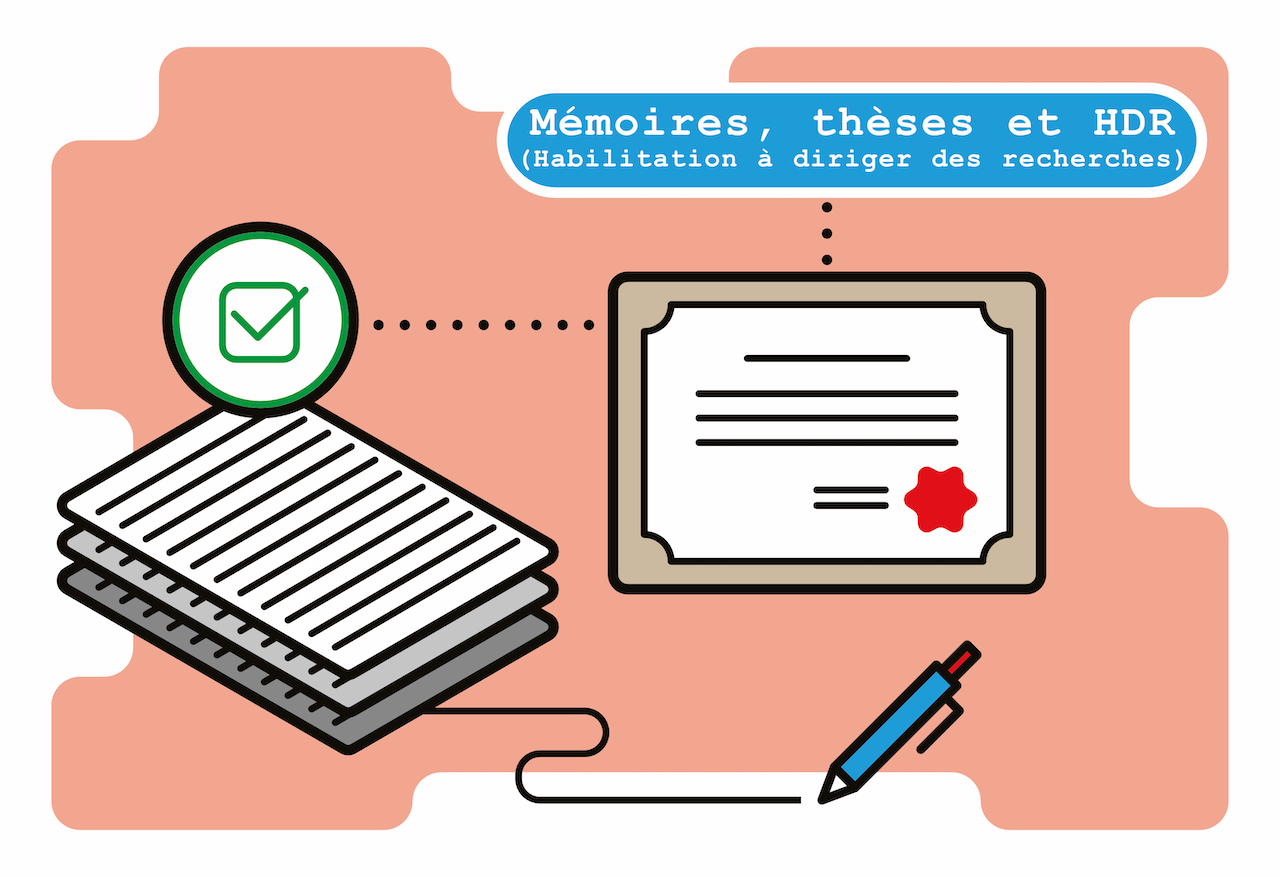Lecture et psychanalyse : un dialogue entre J. Lacan, R. Barthes et Ch. S. Peirce Reading on Psychoanalysis : Lacan dialogues with R. Barthes and Ch. S. Peirce
Fiche du document
23 mars 2021
- ISIDORE Id: 10670/1.c678c7...
Restricted Access , http://purl.org/eprint/accessRights/RestrictedAccess
Mots-clés
Psychanalyse Lecture Interprétation Sémiologie Sémiotique Lacan Barthes Peirce Psychoanalysis Reading Interpretation Semiology SemioticSujets proches
Lecture en langue maternelle Lecture en langue secondeCiter ce document
Juan Sebastian Rosero Moscoso, « Lecture et psychanalyse : un dialogue entre J. Lacan, R. Barthes et Ch. S. Peirce », Theses.fr, ID : 10670/1.c678c7...
Métriques
Partage / Export
Résumé
Pour Freud, rêves, actes manqués et autres formations de l’inconscient ont un caractère textuel et doivent être lus. Comme exemple, dans sa Traumdeutung (1900), il considère le rêve comme un texte sacré (heiligen Text) qui doit être respecté même s’il a un caractère insensé ou insuffisant. Lacan, pour sa part, après avoir fait appel aux avancées de la linguistique structurale ne se limite pas à faire référence à la lecture pour faire remarquer à son auditoire le positionnement spécifique du récepteur qu’implique le signifiant. En ce sens, ce travail porte pour axe principal la question suivante : comment définir la cure en termes de lecture ? Cette question abouti nécessairement à une autre : en accord avec la voie ouverte par Freud et par Lacan, quel positionnement analyste et analysant doivent-ils prendre face au texte qui se produit dans une cure ? Une définition commune du terme « lecture » s’avère ne pas être suffisante pour décrire le travail psychanalytique. Nous avons donc décidé de mettre à l’épreuve plusieurs définitions possibles de ce terme pour tenter d’approcher le travail mené dans une cure. Nous avons donc fait appel à la théorie de la lecture de Roland Barthes à partir de laquelle nous avons distingué deux types différents de lecture qui, malgré toutes leurs différences, se rejoignent inévitablement dans un travail sémiologique centré sur la signification. Nous avons donc fait appel par la suite à la théorie phanéroscopique (et sémiotique) de Charles Sanders Peirce pour passer d’une lecture centrée sur la signification à une lecture logique s’intéressant plutôt à l’articulation du signe avec d’autres. Avec Peirce, nous avons pu définir trois modes de lecture différents et, grâce à eux, nous avons défini la cure psychanalytique comme un passage nécessaire par ces trois syntaxes différentes
